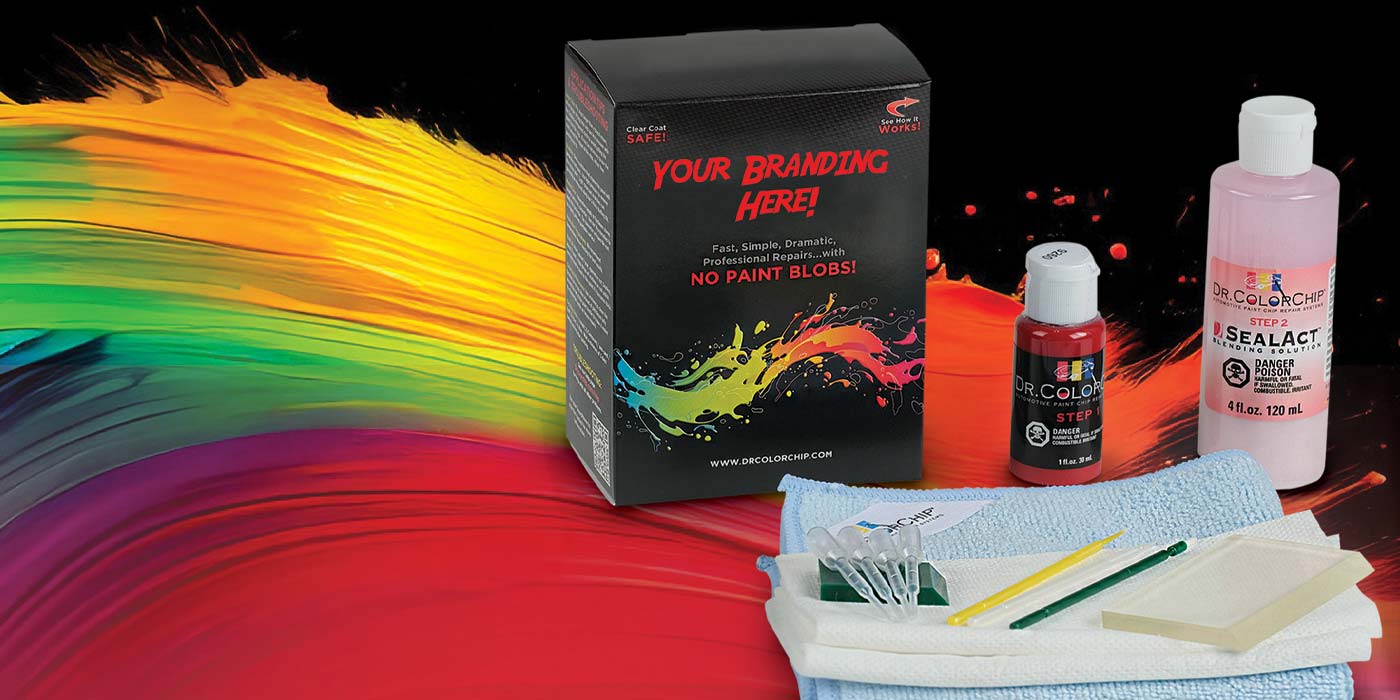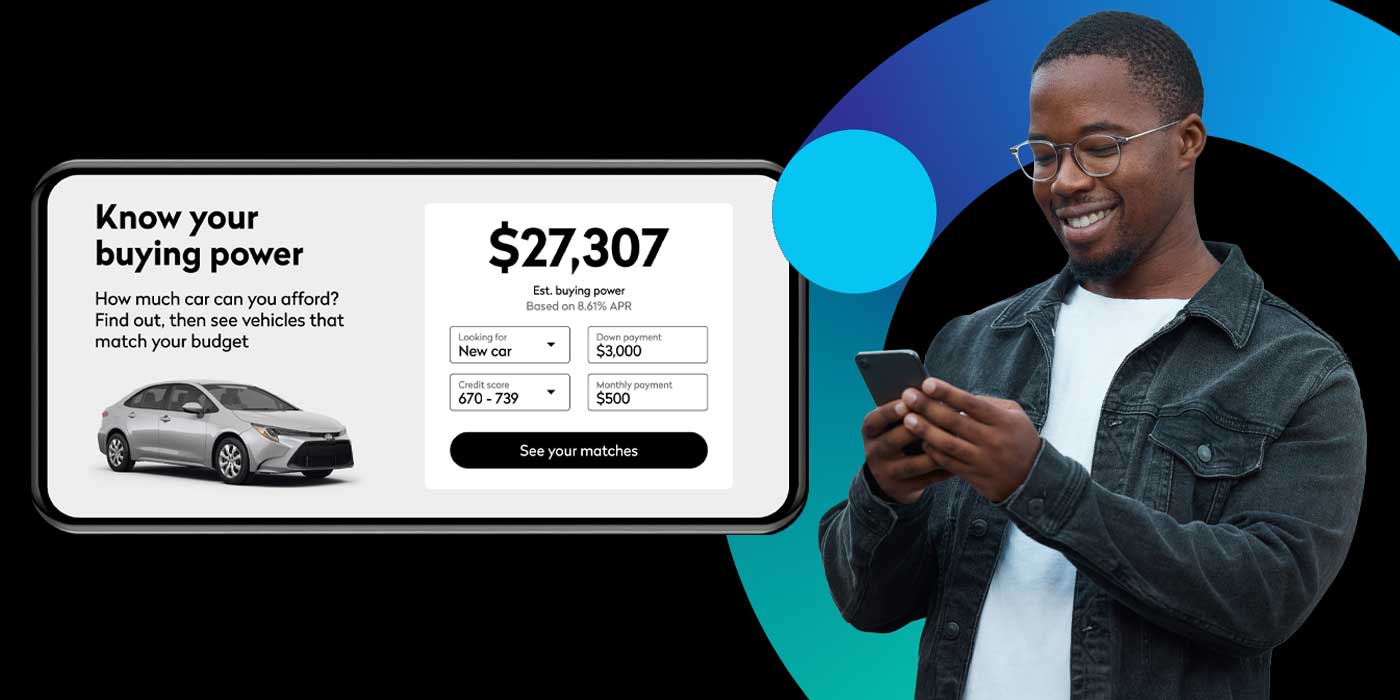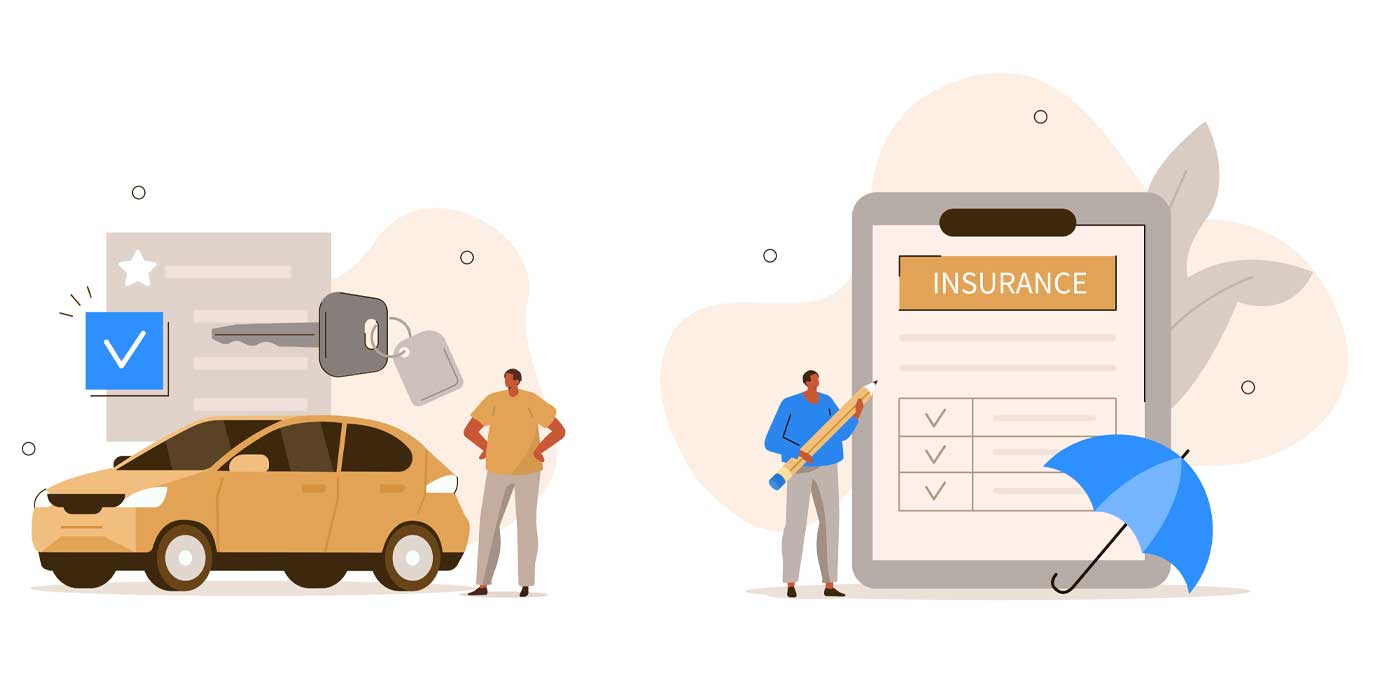As you read this in late 2023 or early 2024, you’re probably considering cuts to your marketing budget, or maybe you’ve already made some. Is that wise?
The answer is a resounding “YES,” but the question is whether you’re cutting out the tumor with a scalpel or if you hacked away with a machete and left yourself hemorrhaging both market share and consumer awareness. In the wake of post-COVID profits, the industry got comfortable spending more and more on marketing solutions. Everything was on the table, and costs could run high when you were making record gross. Even the worst-performing marketing probably had a cost per sale that left you profitable, and many stores approached marketing solutions with a “this AND that” mentality.
Entering 2024, supply has met demand, and price wars are back, all while floorplan cost is sky high and consumers are slower to buy with monthly payments 16% higher for the same vehicle. You’re undoubtedly switching to a “this OR that” approach to your marketing options. Our audits usually turn up 20-45% waste in dealer marketing budgets, so cuts are warranted.
What’s concerning is that the dealers we work with have misconceptions about which parts of their marketing are working and which parts are the tumors that need to be cut out. The problem comes when dealers take a machete to their marketing budget, and we’re already seeing many lose serious market share when they do this. So, let’s break down the primary categories of dealer marketing and the pitfalls to look out for as you cull underperformers for 2024.
The Operating Room
Before we break down the areas of marketing and what to look out for, let’s review the operating room and the tools we can use to make careful cuts and broad hacks safely. The technology exists to measure the effectiveness of almost every dollar you spend, but the truth is that you’ll sometimes spend more time and money doing it than it’s worth for the transparency gained.
When the marketing method is digital and easy to measure we’ll use a scalpel for our cuts. That means using tools like Google Analytics and other data platforms that will give us specific insights on what our marketing spend did. Then it’s possible to eliminate specific parts that aren’t as efficient. Think paid search and social ads here.
When the marketing method can be measured, but not down to the specific lead, we’ll use a kitchen knife for our cuts. That’s a combination of broad analytics and common sense, where we can make a few assumptions and not spend all day making the cut. Think low-cost SEO solutions or ineffective traditional here.
Then there are marketing methods where we know we can make broad cuts with a machete without much risk of accidental bleeding. This is marketing where your ads don’t click through to your website, or are only showing on mobile phone games where people would literally pay money to skip the ad. We don’t need to be careful here or spend too much time figuring out how to make the cut… we just slash. So, to recap…
Scalpel — Accurate, measurable and surgical cuts that keep the best components and trim the bad.
Kitchen Knife — Broader cuts that are accurate enough without requiring lengthy deliberation and digging.
Machete — Fast and easy slashes that require little measurement to confirm as waste.
These will be the terms we will think about this with; now let’s get to cutting!
Third-Party Listing Sites
If you’ve already canceled all your third-party sites, go ahead and skip this section. If you’re still nervous that your leads will evaporate, this is a kitchen knife cut that you can measure.
The claims that third parties influence the vast majority of your sales are not accurate or possible to prove. To determine the effect of a third-party listing site, you only need to look in your CRM and divide your cost by the number of cars sold by that source last month. If you paid $5,000 and two sold, that’s a cost per sale of $2,500! If that sounds like a silly example, I suggest going through this exercise. Our audits find a cost per sale upwards of $2,000 is common with these lead sources, and most dealers that have multiple third parties only have one at most with reasonable efficiency.
Adding insult to injury, most of the third parties are using Google Vehicle Ads to attract traffic to their sites. That means if you’re paying them for leads, you’re paying to have them compete against you in paid search! This leaves you with an unsustainable cost per sale on top of diminishing returns on your SEM/PPC. They’re double dipping with your money!
Measure third-party cost per sale and chop the worst performer. Then do it again next month and the month after until you’re comfortable with your profitability.
Paid Search (aka SEM, PPC, Google Ads)
Most dealers have a vendor doing paid search for them, and if it’s done wisely, this can be a reasonably efficient way to dial your exposure up and down to compensate for market conditions. Having said that, we find most dealers are wasting at least 20% of their SEM budget on underperforming campaigns or campaigns that are purchasing keywords that the dealer already owns with organic search.
It’s possible to get very granular with your paid search by evaluating every detail of your campaigns, geography, bid strategy and more. Assuming your vendor gives you access to your Google Ads — which they should if they have nothing to hide — a trained eye can easily fine-tune to get more results with the same or less spend.
The easiest place to start is branded search. Ask your vendor to “negative out” your store name from your Performance Max campaigns and any others. They will tell you this is a bad idea, but only because it’s the lowest funnel traffic, and it makes their reports look good. When you negative out your brand, you can pocket the savings, and you should recover all that search traffic — and the associated leads — through your organic search. That’s the kitchen knife approach to part of your paid search. If you’re looking to take a scalpel to it, we offer free help auditing your paid search (not a service we offer at Wikimotive) so you can cut deeper without risk.
Display Advertising
Display is sometimes a subset of paid search or sometimes a bolt-on with your OTT vendor. Either way, this is a machete cut. Display advertising is when your store brand or one of your cars shows up in a little box or ad bar in the sidebar of an unrelated website. This might sound like good exposure, but in 2024, the user data is not available to advertisers to ensure you’re serving these ads to shoppers who care. The result is astonishing inefficiency, to the tune of thousands of dollars per lead, and typically no conversion to sales… ever.
Many dealers spend $1,000/month or more on display and often don’t realize it because it’s baked into a larger product. Ask questions and insist on zero display dollars in your ad budget.
Social Media Ads
Facebook / Meta still has the most mature ad platform in the social space. That may be starting to change, but whatever platform you’re using, you can and should be measuring results. This is a kitchen knife area in that there should be some proof in your analytics that your social traffic is converting. If there’s not, that’s a red flag, but if it’s just a lower number than you expected, you may need to consider assisted conversions to fully understand the value of social ads.
The key with social ads is to ask your vendor for specific reporting because it is available to them. Determine your approximate cost per lead, then cut it in half, assuming a healthy amount of assisted conversion credit. If the numbers still don’t add up to viable profitability, it’s time to cut broadly or find a new vendor who will do better.
Your Website!
Obviously, you need a website. It’s the most important asset you have, but you’re likely paying all kinds of money that you don’t need to be. Most website vendors offer multiple package levels, with the higher tier packages including an array of checked boxes and value-adds that most dealers never take advantage of. Ask your website vendor what package you’re on and for a comparison to the other options. Go line for line and decide if you use everything, or ask questions if the vendor claims to be doing something that you don’t see happening. Most of our dealers find they can save $500-1,000/month just by optimizing their website package.
The other website expense you should look at is if you have redundant tools or tools you don’t use. Between chat, digital retailing, finance tools, trade tools, popup offers and more, the vast majority of dealers have at least one tool that they pay for monthly that isn’t in use. It doesn’t make sense to start hacking at your marketing budget when you have paid tools that are doing nothing for you. Go through your site and your budget to determine what you’re paying for, then confirm it’s in use on your site and receiving leads, clicks, completions or whatever it’s intended to produce. Website packages and website tools are scalpel cuts, but they’re scalpel cuts that can add up quickly and don’t require a marketing expert to figure out.
SEO (aka Organic Search, Google Rankings, etc.)
Good SEO is one of the most effective long-term spends you can have. Bad SEO has zero effect and is a complete waste of money. There is no in-between… period.
SEO is a machete cut, but unlike other machete cuts, the methods for properly determining if you need the limb are not common knowledge. I offer simple, no-pitch audits of dealer SEO to uncover if your solution is working for you or doing nothing. If it’s working, keep it and work with your vendor to fine-tune the details. If it’s not, you’re better off cutting it all together.
The common misconception is that you’re going backward if you don’t have an SEO vendor. That’s just not true unless you cut a good SEO solution. If your website vendor or ad agency is doing a cheap (under $3,000/month) SEO service for you, there is no effect, and it will not hurt your website to simply cancel it. You can shop for a better solution afterward or reinvest elsewhere.
Don’t Play with Knives
Heading into 2024, we see a lot of cuts happening without dealers understanding the implications of their cuts. Many times, it’s the effective solutions getting cut while the shiny things and useless safety blankets are retained. Understanding what is actually performing and where to cut safely is critical to success and growth this year. Wikimotive offers a free consultation to go over your marketing spend and will provide eye-opening guidance to help you avoid cuts that will bleed out your market share and your remaining budget.
Whether it’s our audit or another trusted resource, find an expert who doesn’t have a dog in the fight and get an opinion that doesn’t require a pitch before you swing that machete and a budget line you don’t fully understand.














